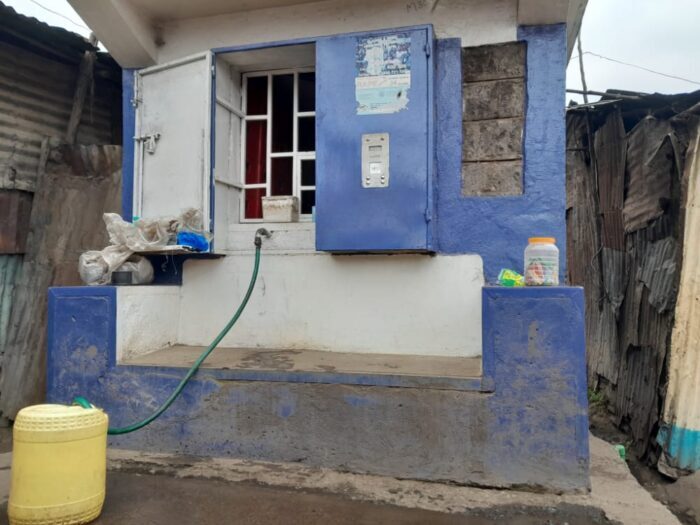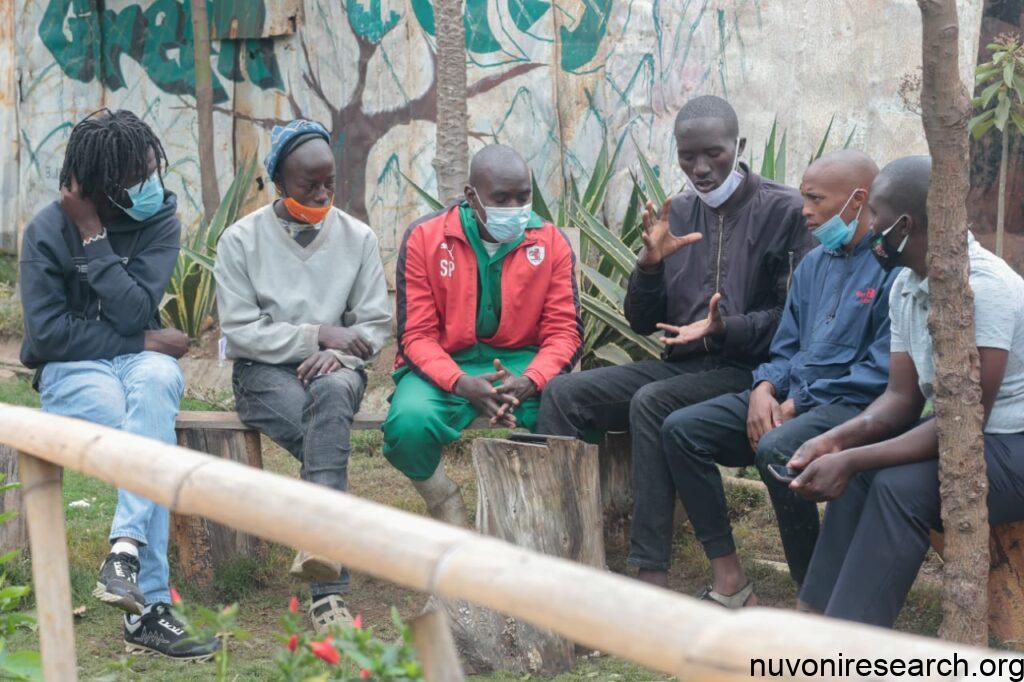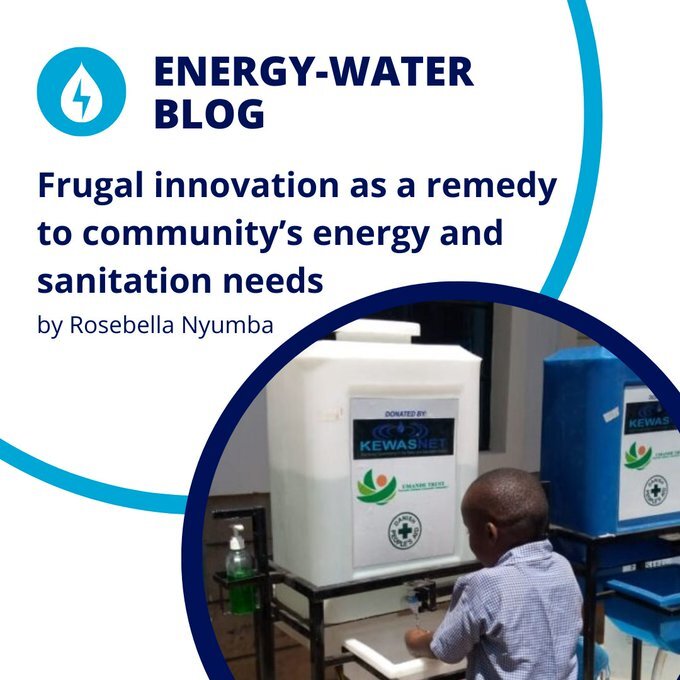Reaching the Hard-to-Reach Areas: A Case of Electrification of Remote Areas in Kenya
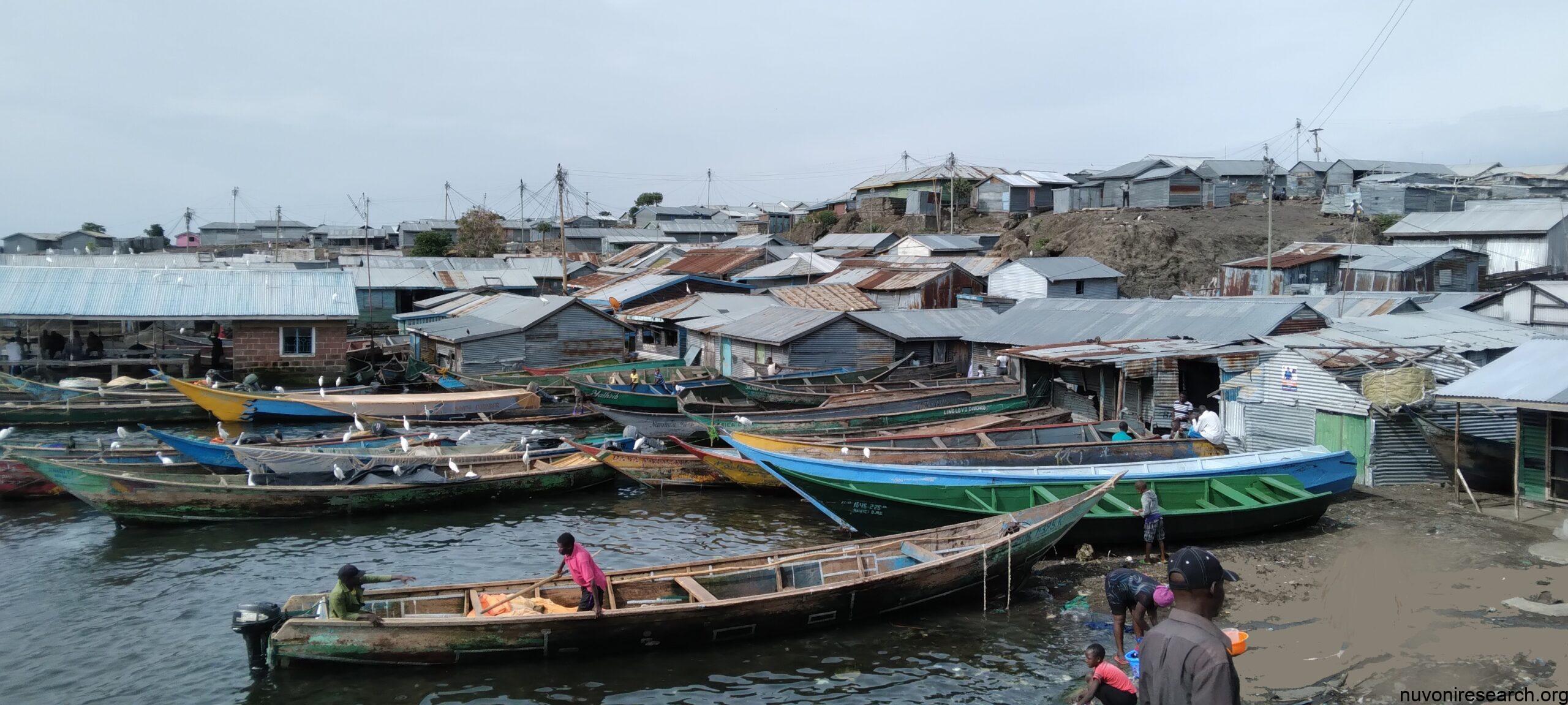
Off-grid rural communities in Kenya experience a multitude of challenges; one of them being lack of access to electricity which limits the productive capacity of the people.
Efforts have been put in extending the national grid to various parts of the country. This has seen the rate of access to electricity rise from 32% in 2014 to 75% in 2018 from both grid and off-grid solutions.
Despite the achievement made by the government in improving access to electricity, there are still Kenyans without access to electricity. This lack of access to electricity has been attributed to a myriad of challenges. These challenges include high cost of supplying electricity to these rural areas due to inaccessibility coupled with the nature of settlement, which is mostly sparsely populated; high connection costs; demands for high compensation; and delays in obtaining way leaves consents and rights of way.
Extension of the grid by the national utility continues to be carried out across the country. It is still, however, not clear when all the areas will be reached by the national grid. A larger part of the country continues to fall under the planned extension of the transmission lines. (Figure 1). Waiting for the grid to reach these remote areas indefinitely comes at a high opportunity cost, especially for the younger workforce.

Source: Africa Energy Outlook, 2019.
Extension of the grid by the national utility continues to be carried out across the country. It is still, however, not clear when all the areas will be reached by the national grid
Way Forward
To bridge this gap, off-grid and mini grids have been integrated as part of fundamental technological interventions of delivering electricity to Kenyans. This intervention is being implemented by the government agencies and development partners. Many areas, especially in the remote regions have been earmarked for electrification through various means, mini-grids included (Fig. 1).
In very remote regions of the country, power options are more limited and mini grids and off grid systems are, therefore, considered feasible options.
The government through the Kenya National Electrification Strategy has also mapped households within the 15 km of existing Kenya Power and Lighting Company (KPLC) network (Fig. 2).

Source of data: GoK (2018), Kenya National Electrification Strategy: Key highlights
From this mapping, several households remain out of reach (Fig. 2), which includes those in the islands and the far-flung areas such as far north regions.
These out of reach households will benefit from the installation of mini grids and off grids. Electricity is a key driver for economic development, and it is therefore crucial for these communities to have access to electricity


A case in point is the Mfangano island which despite being a big island in terms of area and population, for a long time did not have electricity until 2009 when the construction of the electricity supply system began. Mfangano island covers approximately 66.2km2 in area with a population of 24,123 according to the 2019 census. Other islands such as Ringiti in Homa Bay County and Ndeda in Siaya County lacked access to electricity until 2018. Electrification of Kalobeyei integrated settlement in Turkana County only occurred in 2019 though the settlement was established in 2015.
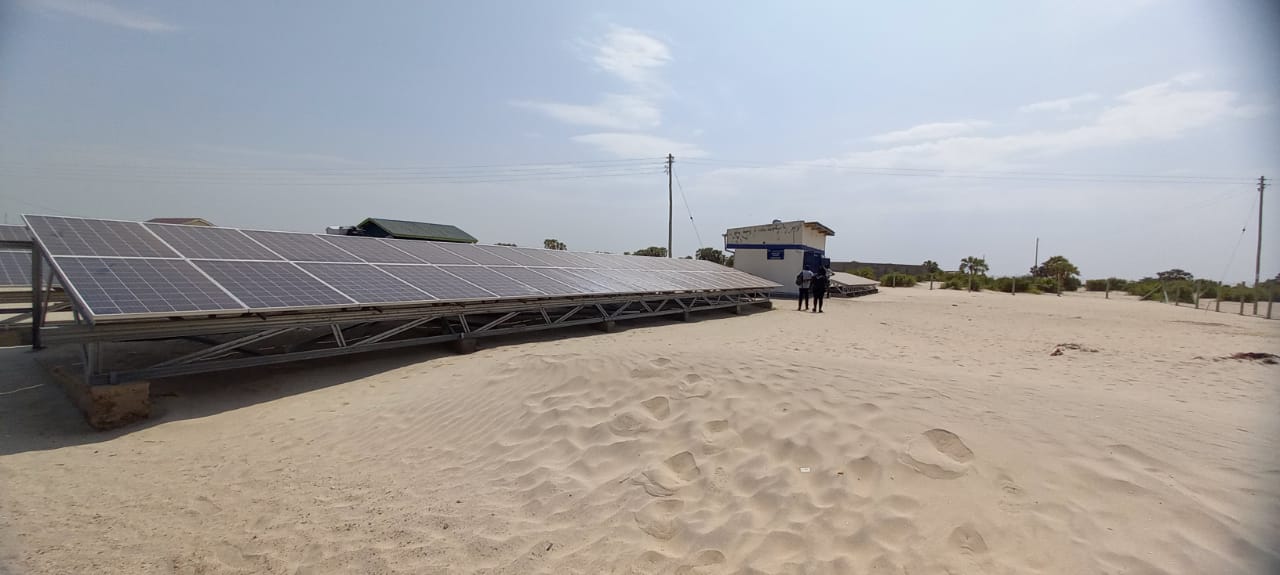
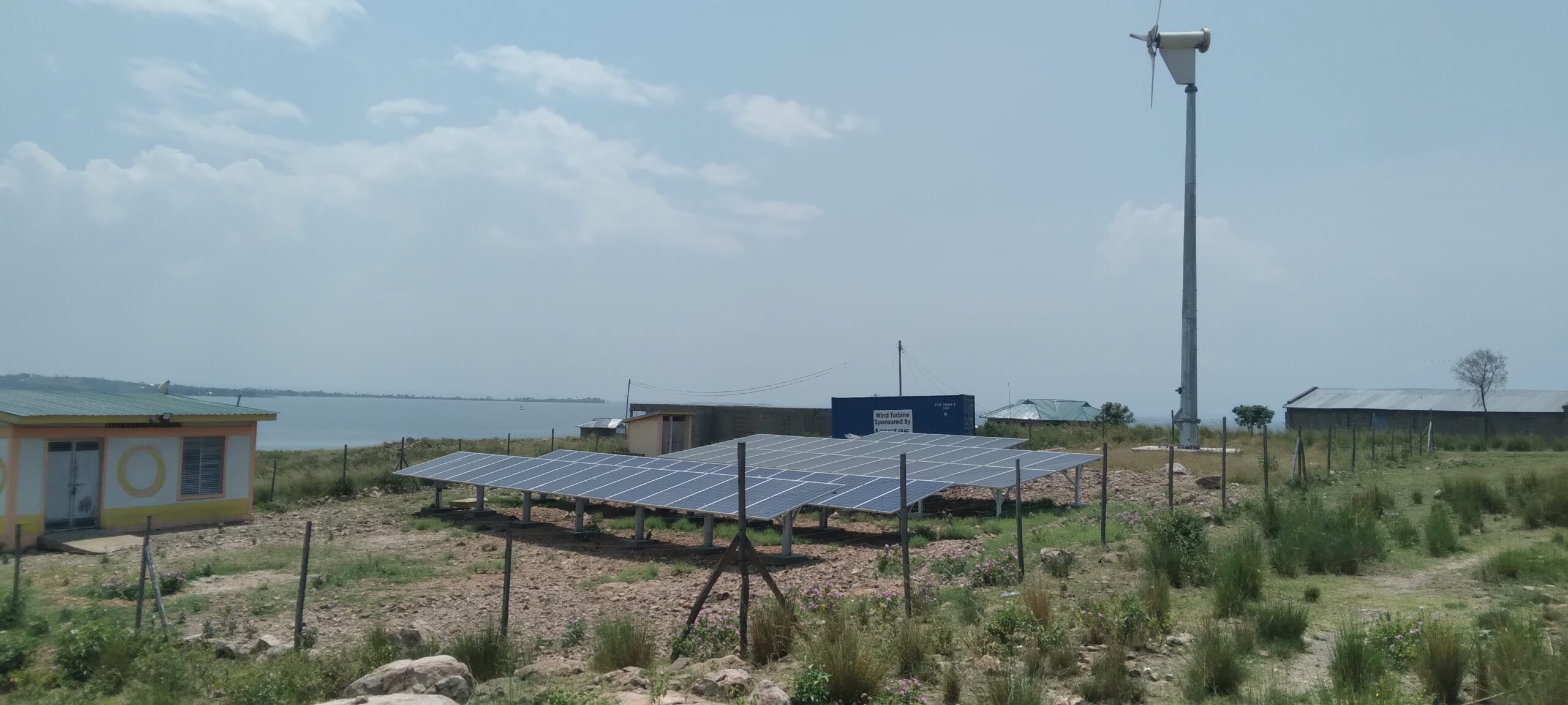
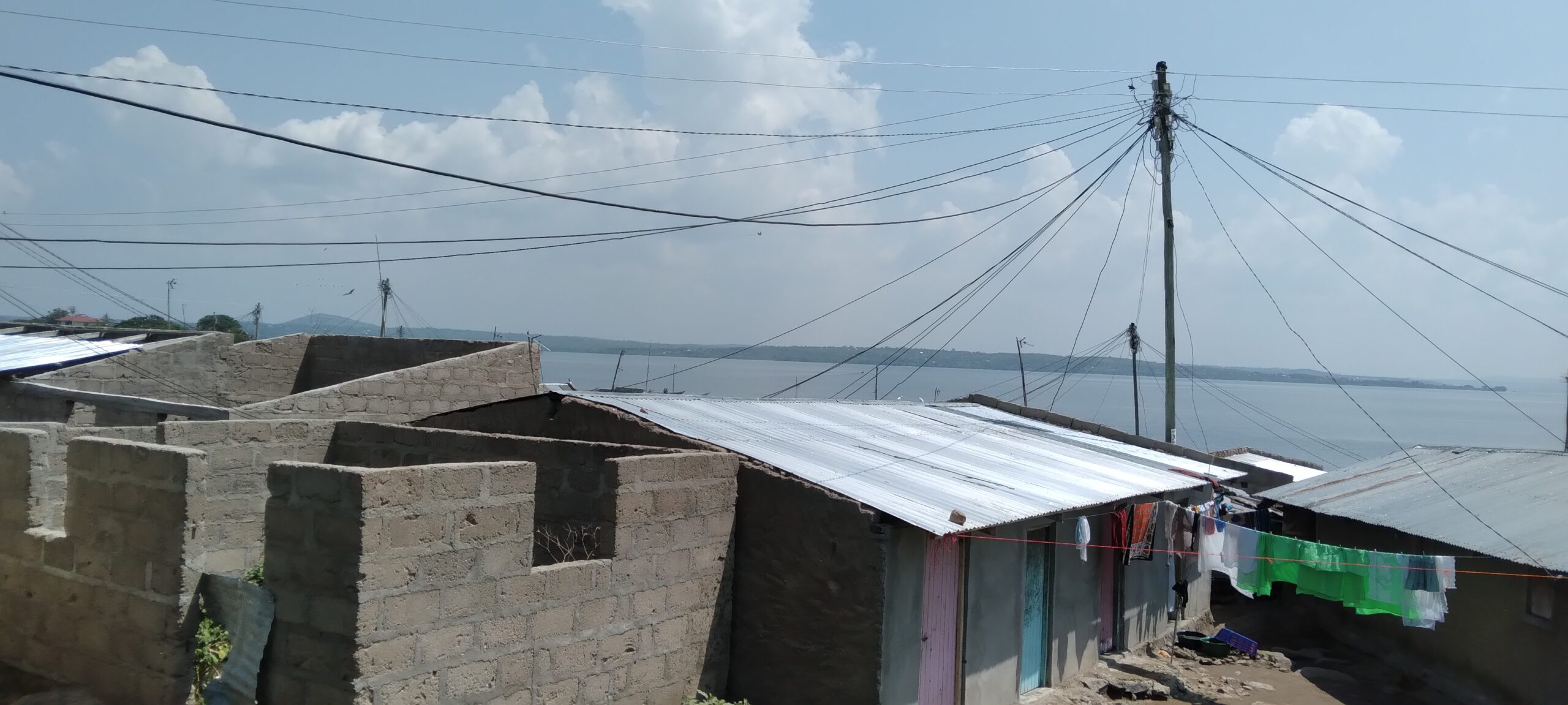
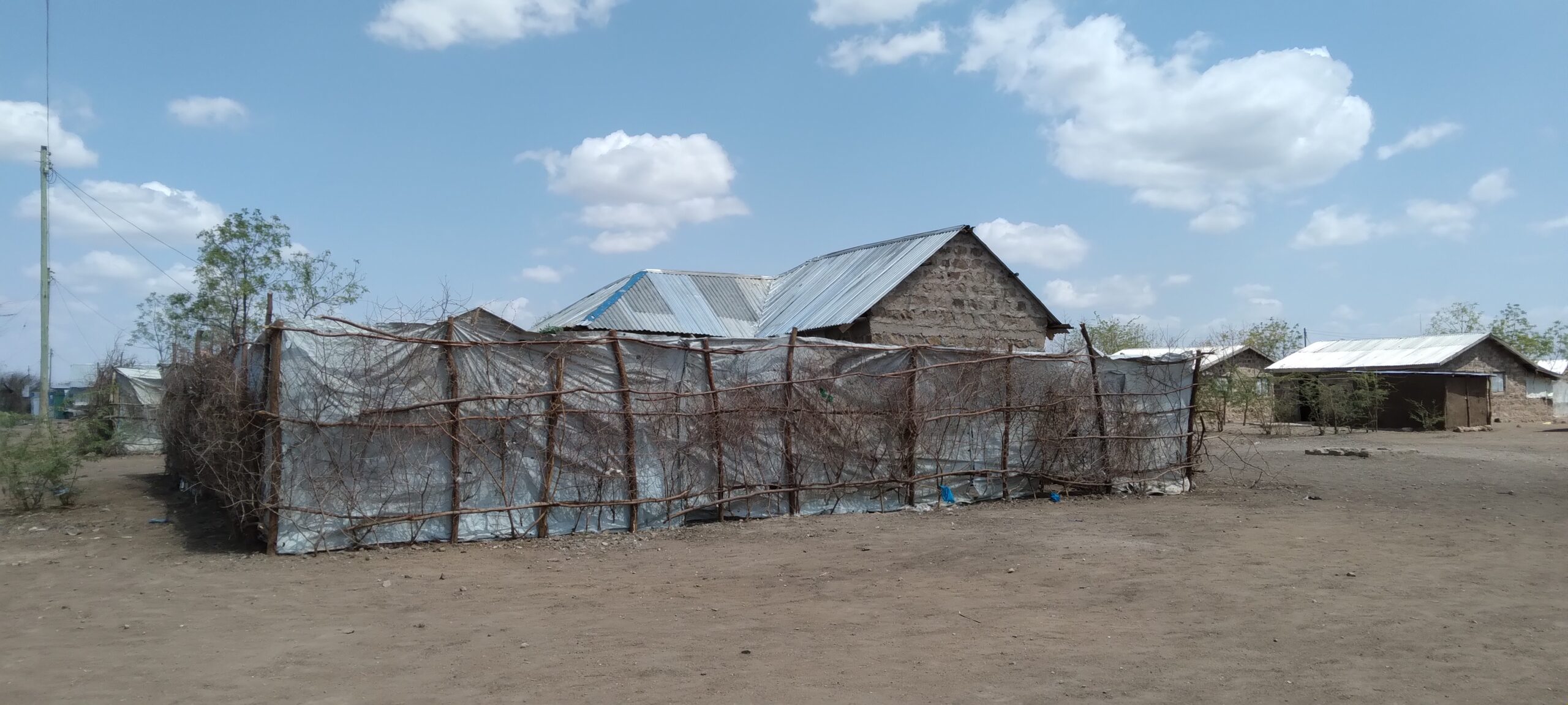
Impact
Electrification of these remote regions has led to some changes, many of which are positive with the potential to change lives. People in these remote areas can get basic lighting from the electricity which is safer than the polluting and dangerous kerosene lamps, saving the household members from eye problems or diseases. The availability of lighting at home provides children with an opportunity to study at home even after dark. Village members have not been left out in communication since with electricity they are able to power their cell phones at the convenience of their homes.
Business opportunities have sprung up. In the interviews conducted, photocopying could not be done within the islands, and one had to go the mainland areas for the same. Many hours were lost, and a lot of money used to cater for travel, therefore, leading to poor service delivery to the residents. The availability of electricity has led to the emergence of business opportunities which has improved the lives of the residents. Businesses such as salons, barber shops, welding shops, posho mills, refrigeration of fresh produce among others have led to livelihood changes in these remote areas.
Institutions such as schools and health facilities can now enjoy having electricity and, therefore, improve on their services. Health facilities can use equipment that were a preserve of the mainland areas and areas in urban centres. Currently, basic procedures can be done, night-time deliveries can be performed, therefore, potentially improving the health indicators such morbidity, infant and maternal mortalities in these remote areas which in most cases exhibit poor health indicators compared to the rest of the country.
Schools can produce internal assessments and other study materials for their students. With the introduction of the new curriculum that aims at empowering the pupils and students, it is expected that the electricity provided will play a significant role in the delivery of this curriculum. Teachers are expected to download and print study material for learners, they are expected to utilise digital platforms like projectors in the classrooms, which without electricity is difficult to actualise.
The mini grids have changed the face of these hard-to-reach areas. However, there are challenges that are still being experienced.
Even with the availability of electricity from mini-grids, some households, despite their willingness to pay for electricity, remain without electricity due to their inability to pay for its connection. The cost of connecting and utilising the electricity is high considering that these areas are already economically vulnerable due to the limited livelihood options. Again, the electricity generated in most cases is not of sufficient load to support large development projects such as setting up industries that can support economic development in these areas.
Technical challenges are common. When the batteries fail, the community is again left in the dark since many of these systems are solar powered and rely on stored energy. The stored energy is utilised during low or no solar insolation periods which coincide with the peak electricity consumption hours for households mainly in the morning and evening hours. Replacement of the batteries has often been a challenge due to their prohibitive cost leaving some mini grids semi-operational or non-operational in the end.
Conclusion
The availability of electricity in these remote areas has brought positive changes. However, for those changes to have a long-term impact on the lives of the people in these spaces, adequate measures are required to ensure the sustainability of these systems. It is important that the electricity provided is adequate, reliable and affordable so as to meet the demand and potentially support economic growth and development in these remote areas.
Related Perspectives
Physical Address
No. MK088, Ushindi West Avenue,
Mukuyu Rd (Mukuyu West Wing), Thome 1
Nairobi, Kenya
Organization
Subscribe for newsletter & get news, events and publications updates
Contact Us
Office Tel: (+254) 20 8009928 |
Mobile: (+254) 706 324 467
© 2025 Nuvoni Research

